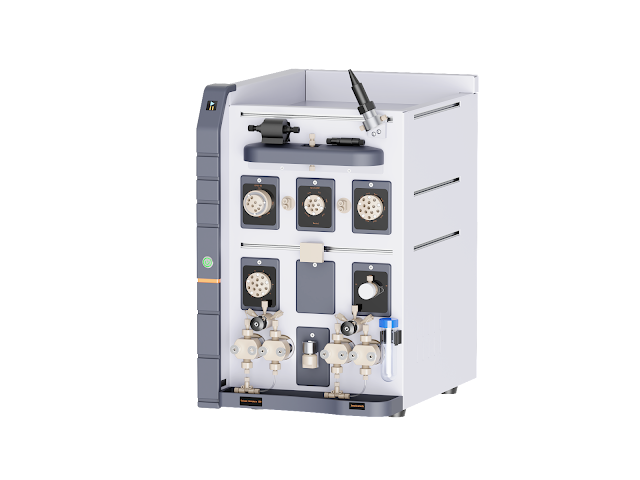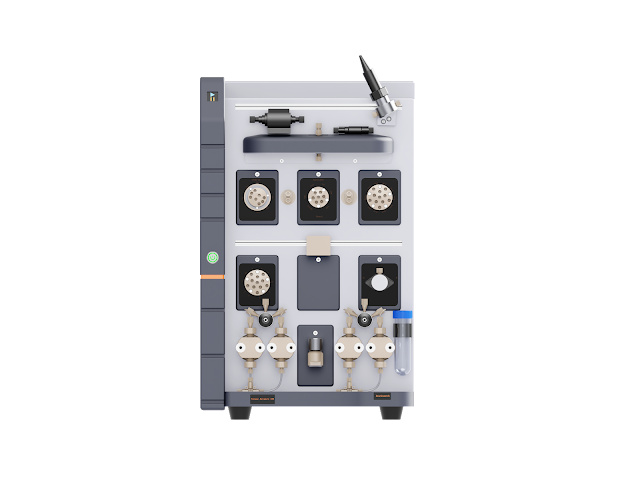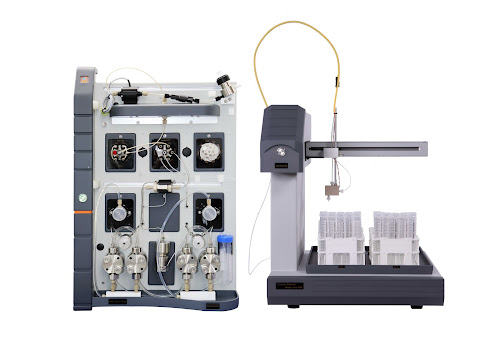Advancing Biotechnology with Fast Protein Liquid Chromatography: Inscinstech Leads the Way

Inscinstech Co., Ltd. is a cutting-edge, high-tech company that specializes in biological separation technology. The company holds numerous patents and copyrights for its software, ensuring the protection of its innovations. With marketing and service centers in Suzhou, China, Inscinstech is dedicated to providing world-class biological separation equipment and chemical analysis instruments, thereby reducing customer operational costs and enhancing overall customer value. Fast Protein Liquid Chromatography (FPLC) is a state-of-the-art method that has revolutionized the biotechnology industry. Inscinstech, a pioneer in this technology, has played a significant role in advancing the capabilities of FPLC for various applications in research, diagnostics, and pharmaceutical development. What is Fast Protein Liquid Chromatography? Fast Protein Liquid Chromatography (FPLC) is a powerful analytical method used to separate, analyze, and purify proteins and other macromo...

